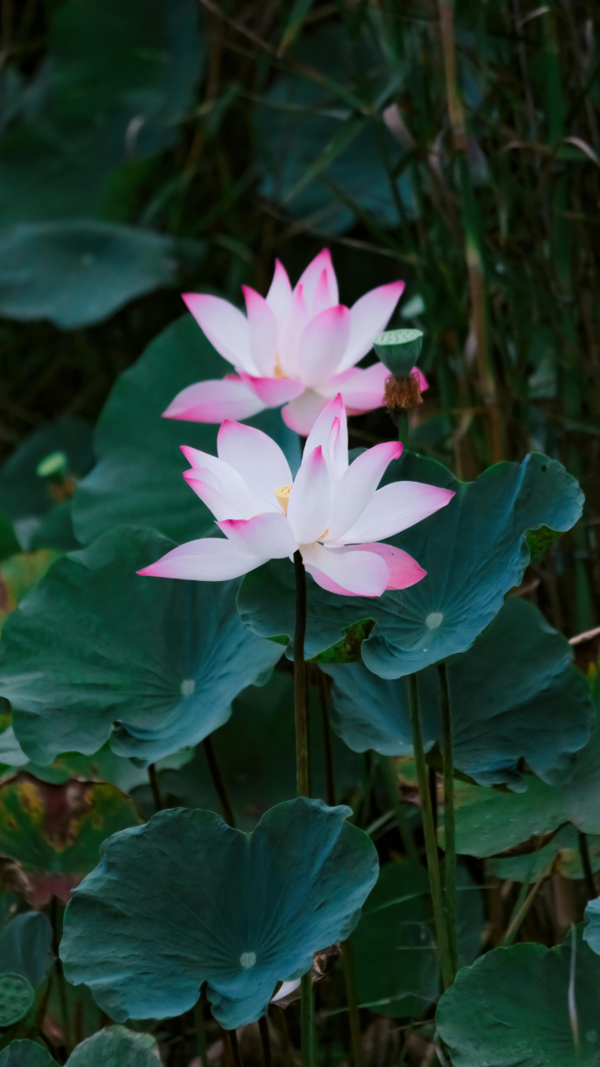- News
- lifestyle
- travel
- destinations
- Khajuraho unveiled: 5 temples that tell the story of Madhya Pradesh’s glorious past
Khajuraho unveiled: 5 temples that tell the story of Madhya Pradesh’s glorious past

Khajuraho unveiled: 5 temples that tell the story of Madhya Pradesh’s glorious past
Madhya Pradesh, the historic heart of India, is famous for its Khajuraho Group of Monuments which is also a UNESCO World Heritage Site. The place is globally-renowned for its intricate sculptures, breathtaking architecture, and bold depictions of life.
There are several temples that were built between 950 and 1050 AD by the Chandela dynasty rulers. In fact, Khajuraho originally had 85 temples, but sadly only 25 could survive the test of time and are standing tall to tell the tales of India’s glorious past.
These temples are divided into three groups: Western, Eastern, and Southern but today we are going to suggest the top five must-see temples in Khajuraho.

Kandariya Mahadev Temple
The Kandariya Mahadev Temple is the largest and most magnificent temple in Khajuraho. Dedicated to Lord Shiva, this temple stands tall with a soaring shikhara (spire) rising about 30 meters. Its walls are adorned with over 800 stunning sculptures that celebrate various aspects of life—mythological, spiritual, and erotic.

Lakshmana Temple
Built around 930–950 AD, the Lakshmana Temple is one of the oldest and best-preserved structures in the Western Group. It is dedicated to Lord Vishnu and houses a sanctum containing a three-headed idol representing Vishnu in his incarnations as Narasimha, Varaha, and himself.

Vishvanatha Temple
Also dedicated to Lord Shiva, the Vishvanatha Temple is another jewel of the Western Group. Though smaller than Kandariya Mahadev, it is equally exquisite in its ornamentation. The outer walls are lined with intricate sculptures of gods, goddesses, and mythical creatures. Two beautiful lion sculptures at the entrance add to its grandeur.

Parsvanath Temple
Part of the Eastern Group, the Parsvanath Temple is the largest Jain temple in Khajuraho. It is dedicated to the 23rd Jain Tirthankara, Parsvanatha. Unlike the more sensuous carvings of the Hindu temples, the artwork here is more restrained and symbolic. However, it still features stunningly detailed figures of dancers, musicians, and celestial beings.

Duladeo Temple
Duladeo Temple is a part of the Southern Group of temples and is dedicated to Lord Shiva. It is believed to be one of the last temples built in Khajuraho. Though constructed after the peak of Chandela architectural brilliance, the temple still showcases finely sculpted figures and a graceful shikhara. Its name, meaning “Holy Bridegroom,” is reflected in its relatively softer style and feminine motifs.








